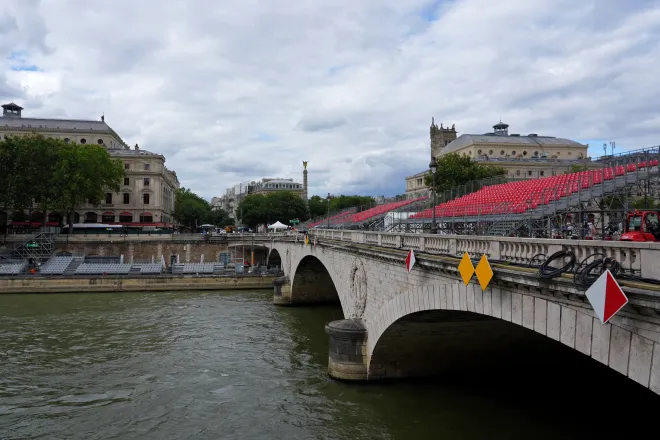
Olympic swimmers will be diving into the (dirty) Seine. Would you do it?
The Seine River, with its historical charm and iconic presence in Paris, is set to host swimming events for the 2024 Olympics. This marks a significant moment, as the river, long deemed too polluted for safe swimming, is now being transformed to meet international standards for water quality. The question remains: Would I dive into the Seine?
Paris authorities have embarked on an ambitious project to clean up the Seine, investing over a billion euros. This involves extensive work on sewage systems, reducing industrial pollutants, and improving water treatment facilities. The goal is to not only make the river swimmable for the Olympics but also for Parisians and visitors alike in the years to come. As of now, tests show promising improvements in water quality, but the journey has been arduous.
Despite these efforts, the notion of diving into the Seine evokes mixed feelings. The river’s reputation for pollution is hard to shake off. Historically, it has been a dumping ground for industrial waste and untreated sewage. Even with recent improvements, occasional spikes in pollution levels can still occur, particularly after heavy rains, which can overwhelm the city’s sewage systems and lead to runoff entering the river.
From an athlete’s perspective, the priority is safety and health. Olympic swimmers, guided by rigorous safety protocols and frequent water quality tests, will likely face minimal risk. The water quality will be monitored up to the last moment, ensuring it meets stringent standards. However, for a regular person like myself, without the same level of assurance and protective measures, the idea of diving into the Seine remains daunting.
Beyond the immediate health concerns, there is the matter of perception. The Seine is a symbol of Parisian elegance and romance, but its murky waters have long suggested otherwise. The thought of swimming in a river previously deemed too dirty poses a psychological hurdle.






